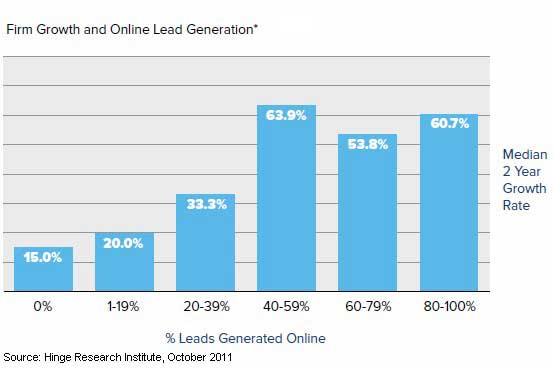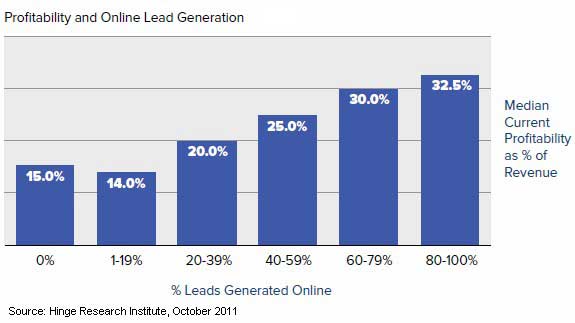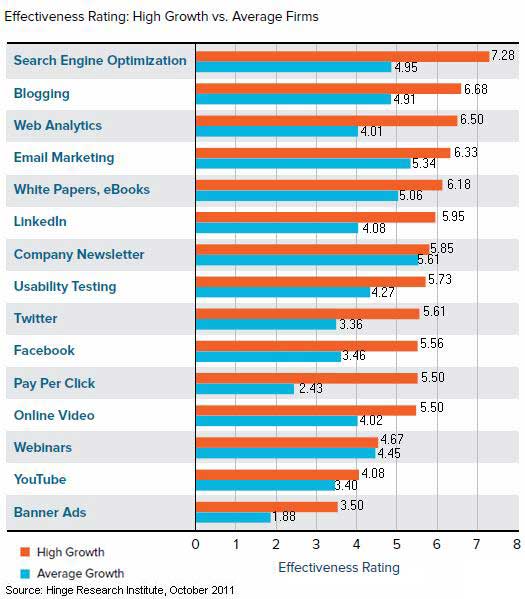Here is fact; in the United States your credit history is as good as cash. If you don’t have good credit you are in for a financial roller coaster. Your credit history affects pretty much all the aspects of your personal finances. Most of us don’t think about credit until a specific event hits us in the face: buying a car, buying a home, renting an apartment, and event getting a job. Ouch. I know you probably have many questions, and before you start buying your credit report online from ten different places, let’s start with the basics.
What is my credit score?
A short answer?- a number. Just like a grade on a school exam, your credit score is your financial “grade”. Essentially, your score is the statistical summary of your credit report that tells companies how “risky” you are and how likely you will be paying the money you are borrowing. Some people say credit scores are based in a complex algorithm that nobody really knows for a fact how it works [unless you are Dr. Sheldon Cooper].
So, what is a Credit report?
A consumer credit report is a factual record of your credit payment history, amount of credit you have solicited, type of credit accounts (credit cards, car loans, etc), and length of credit history.
Here is the issue: If you were recently denied credit at a store, dealership, or leasing office, chances are your credit is not looking so good because you have a “bad” score or a “low” score. A low score means your credit is a little baby with chubby cheeks! Too little to walk or run. The only solution for your problem is: TIME. You need time to build your credit so it has more history, hence a better score. A bad score on the other hand, show you did a booboo somewhere in there and is throwing off your groove, and the only solution to your problem is to pay on time and stop spending.
So now what? The first thing you have to do is request a copy of your credit report. The Fair Credit Reporting Act (FCRA) requires each of the nationwide consumer reporting companies — Equifax, Experian, and TransUnion — to provide you with a free copy of your credit report, at your request, once every 12 months. So if you want it…go get it. Once you get your credit report consider the following tips:
For those with a LOW score:
· Go to your bank and request a “secured” Credit Card. Basically you will be putting a cash amount as a security deposit towards a Credit Card for the same amount. Most banks will give you back your money after a year and you continue to use the card depending if you paid on time.
· Buy a vehicle. You will paying the “novice” APR rate [all of us do] so I recommend you pick an affordable car where you can put more than 25% down. This will help you build credit history.
For those with BAD score:
· It’s not the end of the world! so pull yourself together.
· Check your score for inaccuracies or mistakes. There is a chance you have bad credit because of mistakes made by reporting companies, or identity theft.
· If you have credit card debt, avoid using those cards [and by avoiding, I meant “destroy” them] and try to consolidate your payments. You only need one card and one card alone for daily use.
· DO NOT close old accounts that are in “good” standing. You need your good account to outweigh your bad accounts…like a financial ying-yang if you will.
· Do not waste your time and money with a credit agency the can “fix” your credit. That is a SCAM. If you have a bad account because you didn’t pay, you cannot erase it. The only thing you can fix on your report is inaccurate information, and that you can do it yourself for free.
Finally consider these following GOLDEN rules to build great credit:
1. Never use more than 35% of your credit. You will be flagged as a shopaholic with potential re-payment risk.
2. Check your credit once a year.
3. ALWAYS pay on time.
4. And tattoo the in your mind: Credit is for emergencies ONLY, not for spending.
Follow these simple tips and you will see the light at the end of the tunnel.




